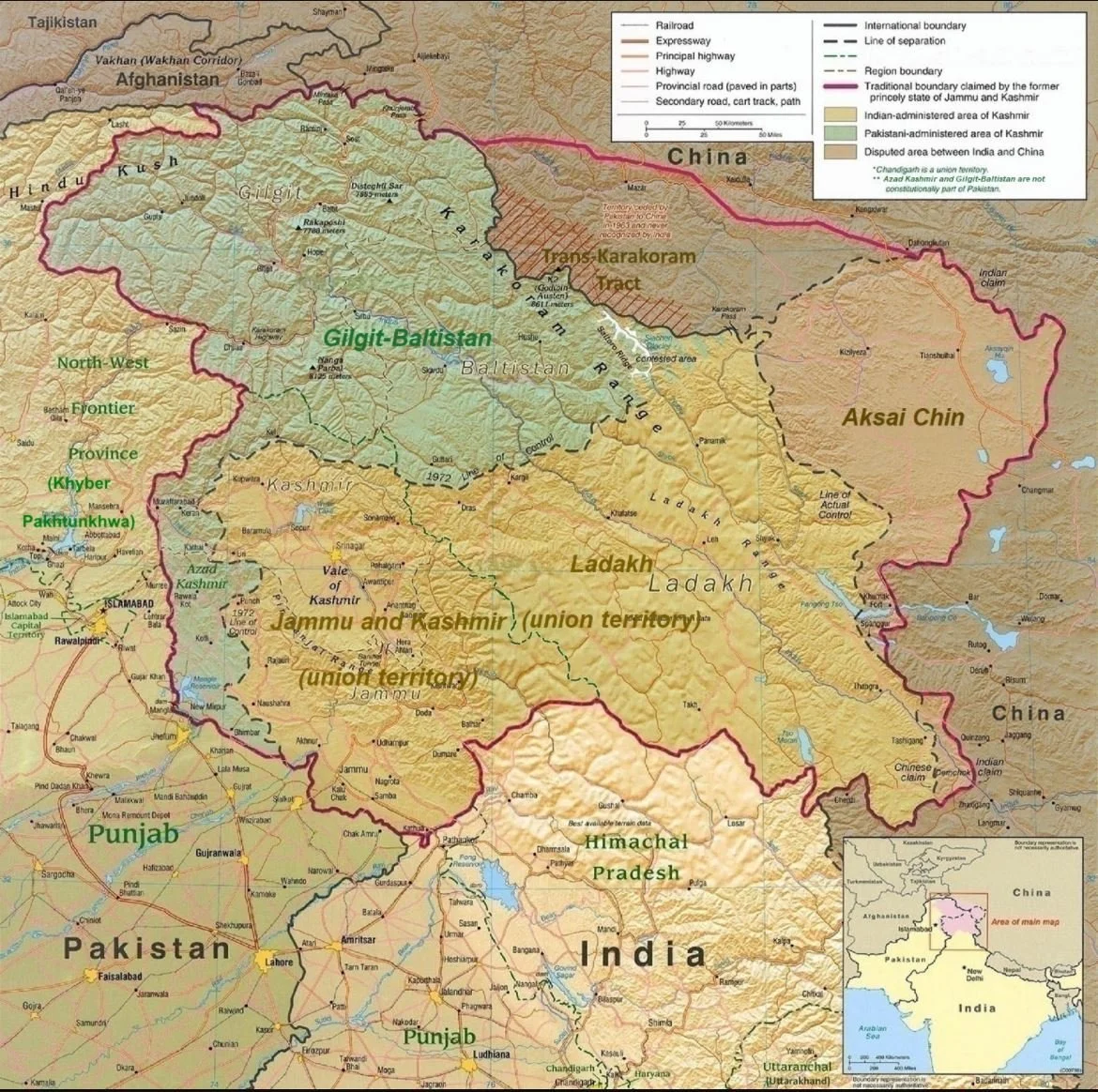Kashmiri Civilization
Contributions from a Great Civilization
Kashmiri Shaivism
We are presenting a series of 28 blogs and this is one of the earliest ones. This blog series is to familiarize our Sanatana Dharma and contribution of Kashmiri Shaivism in all facets of our civilizational leading to the grace and trace contribution of each of the Giants of our Ancestors.
We hope you enjoy reading and do provide us your comments with any clarifications that you may find in the blogs for updates.
-
It all begins with an idea. Maybe you want to launch a business. Maybe you want to turn a hobby into something more.
-
It all begins with an idea. Maybe you want to launch a business. Maybe you want to turn a hobby into something more.
-
It all begins with an idea. Maybe you want to launch a business. Maybe you want to turn a hobby into something more.
Bhatta Nayaka
Shaivism was born, evolved and gave shape to great minds who contributed to the expression by the 5 senses by way of gyanendriya (capabilities of expression, language, sound, numismatics and to evolved mind sciences (and evolution of poetry with Śabda and Artha and mentions Guṇa, dosa and Alaṃkāra and the truth of rasa and dhvani theories)
Great people have flourished in the cradle of civilization's zenith in Kashmir. have left BIG traces of their history in the present world. Bhatta Nayaka was one of them. He was a legend who walked this very Earth in flesh and blood. He was a pioneer in his work for describing the aesthetics behind literature and poetry. There have been huge contributions from him to Kashmir Shaivism, but a lot of books written by him have been permanently lost or have not yet been rediscovered. Bhatta Nayaka was believed to have lived between the later 9th century AD and 10th century CE in Kashmir. He was as famous as a literary critic.
Bhatta Nayaka composed a critical study on the science of dance (Nāṭya) named Hṛdayadarpaṇa, based on the Nāṭya śāstra of Bharata. His theory is that Abhidhā, Bhāvakatvaṃ, and Bhojakatvaṃ should be the three excellences of good poetry. As per Abhinavagupta’s work, it can be stated that Bhattanayaka was much more interested in the ideas that were derived from non-dual Vedanta.
Bhattanayaka investigated the understanding of Bharata Muni's view by zeroing in on the observer's emotional experience while drawing in with abstract work. Abhinavagupta expresses that as per Bhattanayaka, rasa "is neither perceived (prati), nor produced (utpad), nor manifested (abhivyaj)". The way into his idea is bhavana, a specific mix of determinants and consequences. Rasa is innate in the text. It develops into workmanship, more externalized insight. In drama, the observer's experience is internal. Rasa happens when the onlooker becomes one with what he is watching.
Despite us having only a peek into this advanced level of thought of our ancestors, we are shown how far ahead of their time they truly were. We, as a society, need to remember our roots and the types of discussions, critics, and literature that have been produced in our land.
In the next blog we will explore the next topic….Charaka and his impact on Medicine….
